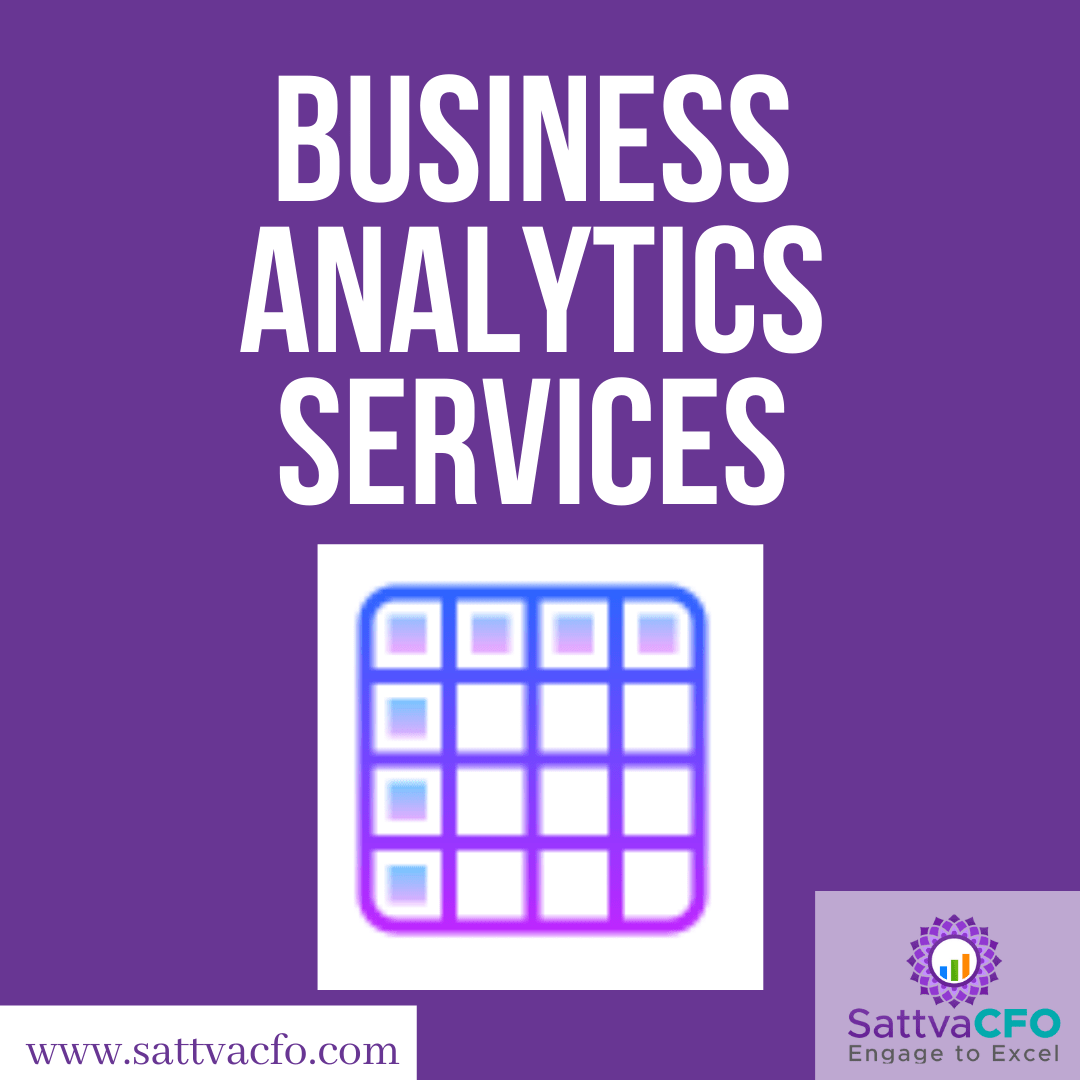Data Analytics, Business Intelligence, and Computer Programming are all part of business analytics. It is the science of analyzing data to uncover patterns that may be used to design strategies. Everywhere, big data is reshaping and powering decision-making. Data from a variety of sources is helping companies expand their reach, boost sales, run more efficiently, and introduce new products or services, run forensic investigation, from giant corporations to higher education and government agencies. Companies must utilize business analytics and data analytics to make sense of all this data and become more competitive. Analytics can support in financial close & reporting. Business Analytics services includes Analytics Solutions, Data Management, and Data Visualization.
Business Analytics Services
The ability of businesses to quickly adapt to changing trends and practices in the areas of digital transformation and data-driven analytics is critical to their growth and sustainability today. The importance of data in creating the future and gaining insights into activities has been shown beyond a shadow of a doubt. Businesses must now institutionalize analytics as a crucial business function with well-defined aims and objectives. In an organization, analytics as a function performs a horizontal role, assisting other business functions in deploying analytics solutions to solve business problems and challenges.
Key Business Analytics Solutions
The key solutions under Business Analytics are:
Data Visualization
The presenting of data in a visual or graphical style is known as data visualization. Data visualization is a practical and straightforward approach to convey information to a broad audience using visual data. It allows decision-makers to see analytics in a graphic format, making it easier for them to grasp complex topics or spot new patterns. You can take the notion a step further with interactive visualization by employing technology to drill down into charts and graphs for additional detail, modifying what data you see and how it’s handled interactively. The practice can also assist businesses in determining which factors influence customer behavior, identifying areas that need to be improved or given more attention, making data more memorable for stakeholders, deciding when and where specific products should be placed, and forecasting sales volumes.
Big Data Analytics
Advanced analytic techniques to very large, heterogeneous data sets that comprise structured, semi-structured, and unstructured data are known as big data analytics. Big data is a term used to describe data sets that are too large or complex for typical relational databases to acquire, maintain, and handled promptly. Big data has one or more of the following characteristics: a large volume, a fast rate, or a wide diversity. Through new forms and data sources, artificial intelligence (AI), mobile, social, and the Internet of Things (IoT) boosts data complexity. Big data analytics uses advanced analytic techniques to extensive, heterogeneous data sets containing structured, semi-structured, and unstructured data and data from many sources and sizes ranging from terabytes to zettabytes. Extensive data analysis enables analysts, academics, and business users to make better and faster decisions based on previously inaccessible or unsuitable data.
Data Management
Small businesses generally rely on reports generated inside the specific software platforms they employ for everyday operations because most modern firms appreciate the significance of data. However, there will come a time when it will be advantageous to consolidate this information into a single, standardized source. A technique called data management is required to organize and secure this data effectively. Every company relies on data, and data management enables companies to manage better and access data collected through various technological solutions.
As the variety of business software platforms grows, so does a company’s potential to collect data and use data analytics to extract valuable insights. However, putting that data into a centralized system can be challenging at times. Businesses that wish to preserve a competitive advantage and improve customer-facing and internal aspects of their operations must develop a data management plan.
Analytics Solutions
Business analytics is a data management solution and a subset of business intelligence that entails analysing and transforming data into meaningful information, identifying and forecasting trends and outcomes, and making more data-driven business choices. Prescriptive analytics emphasizes business analytics, which employs data mining, modeling, and machine learning to predict future results. In essence, business intelligence answers the questions “What happened?” and “What needs to change?” while business analytics answers “Why is this happening?” “What if this trend continues?” “What will happen next?” and “What will happen if we alter something?” In terms of form and purpose, business analytics and business intelligence solutions are often confused.
FAQ’s Business Analytics
What is SAP Predictive analysis?
SAP Predictive Analytics is SAP’s business intelligence software that allows companies to analyze enormous data sets and forecast future outcomes and actions. Traditionally, this was accomplished by manually writing scripts and algorithms, which were then applied to the data.
What is BI Tools?
BI tools are forms of program software that collect and handle vast amounts of unprocessed data through internal and external systems, such as books, journals, documents, medical records, photos, files, email, video, and other business sources.
How can SattvaCFO help in Business Analytics?
SattvaCFO can support in Business Analytics services including Data Visualization, Data Management by experience professionals.
Also read:




